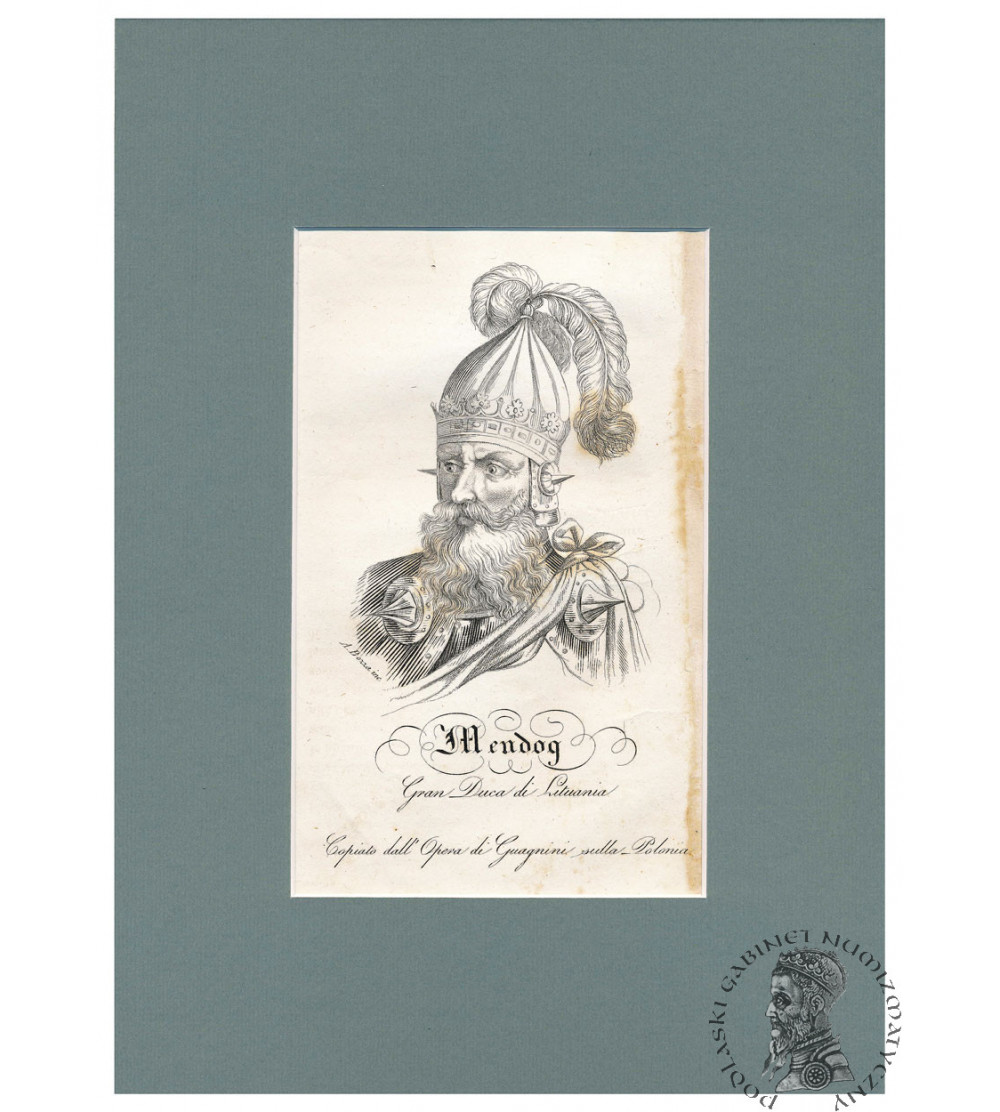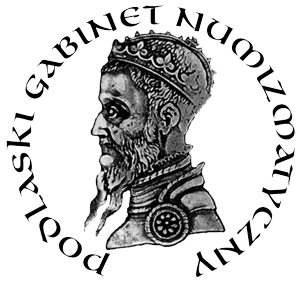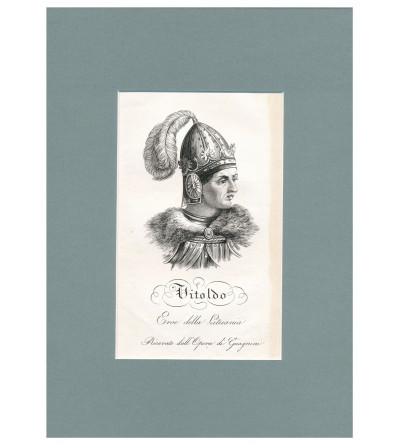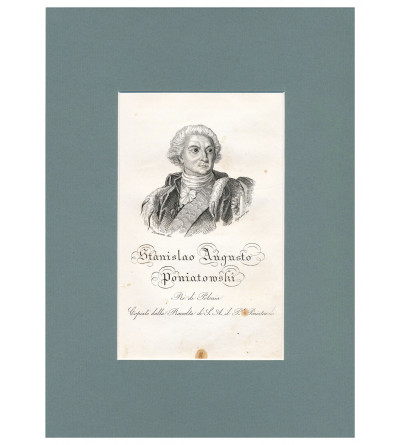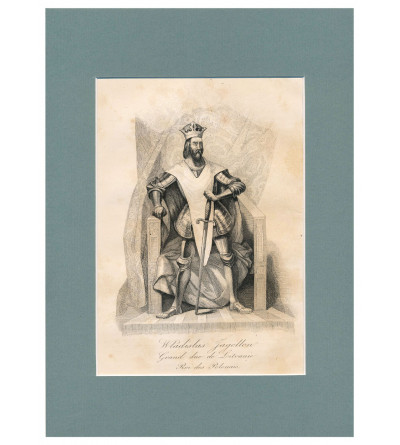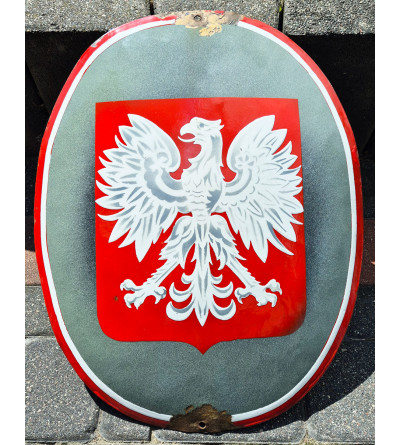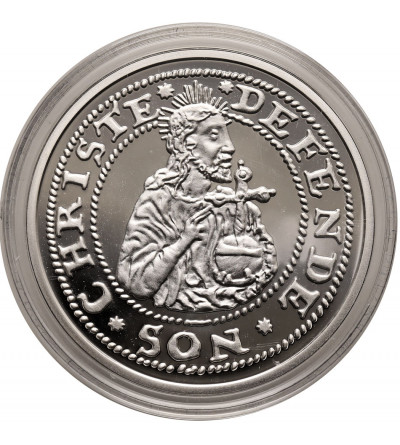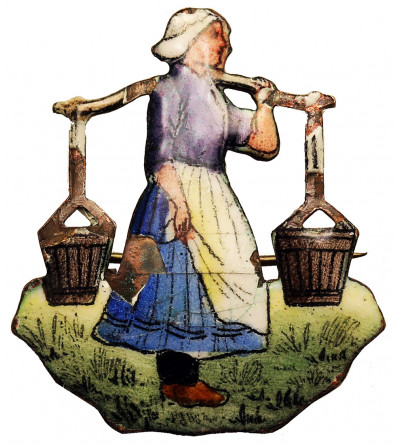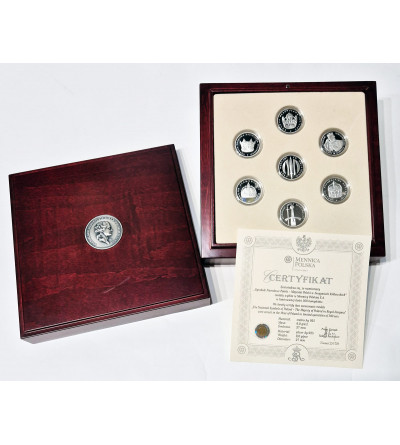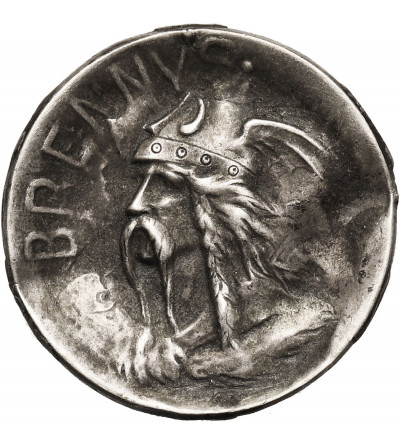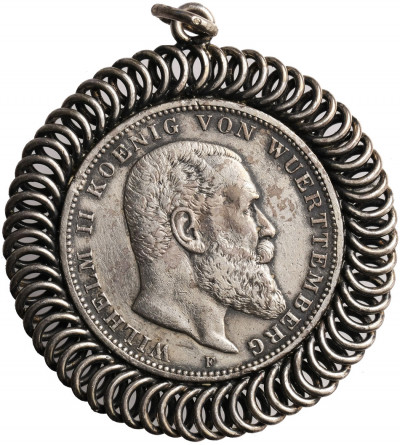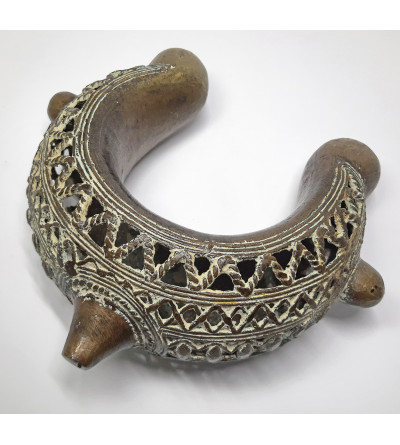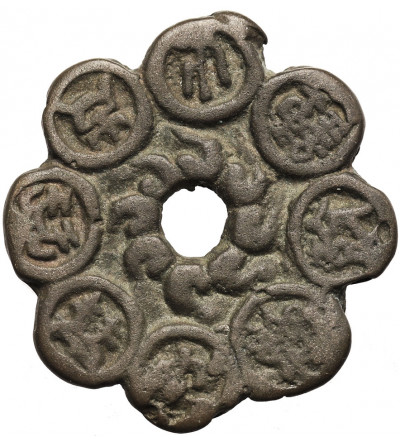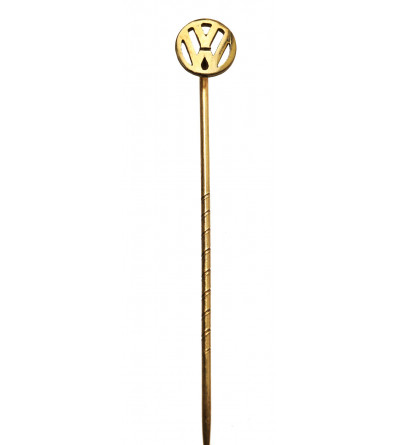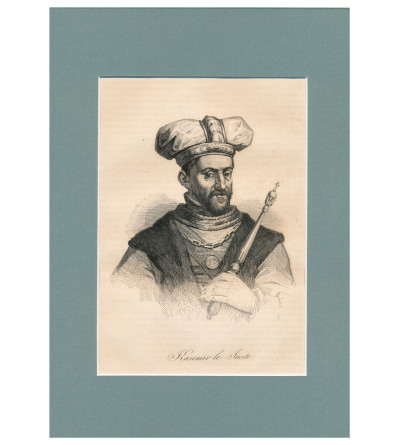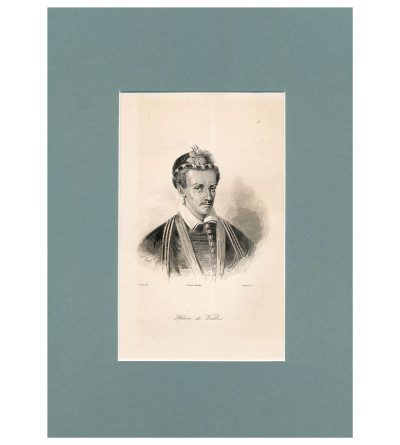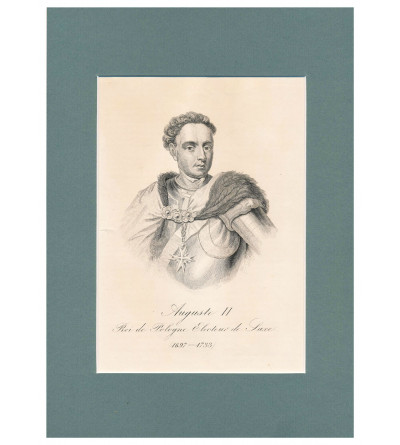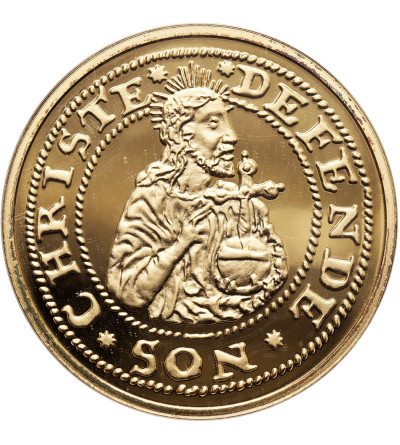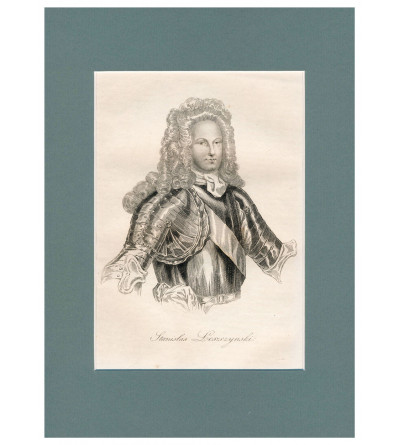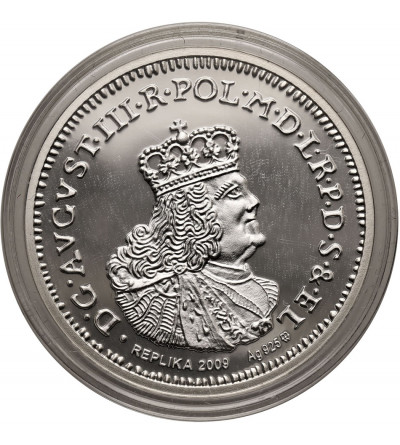Mindaugas (Lithuanian: Mindaugas, born?, died 1263) - Lithuanian prince, king since 1253. According to later tradition, he was a descendant of a certain Rymgaud (Ryngold). Married to Martha, he had a son Vojsilko. Mentioned in 1219 among the twenty-one Lithuanian princes (leaders of the tribal union) who concluded a treaty with the Duchy of Halyt-Volyn. By 1240, Mindaugas had removed the other princes and stood at the head of the Lithuanian tribes. He also took control of Black Ruthenia (Novogrudok, Slonim) and entered into close ties with the Halych princes. In 1249-1251, he successfully repelled an attack by a coalition of the Teutonic Knights with Daniel Duke of Halych, Towcivil Duke of Polotsk, Yotvig and Samogitia. In 1251 he won over the Teutonic Knights by being baptized. As a result of the efforts of the Livonian master Andrew von Stirland with Pope Innocent IV, he and his wife Martha were crowned in Vilnius in mid-1253. In 1254, he made peace with Daniel Halitsky and gave his daughter in marriage to his son, Szwarna. In 1261, after the victories of Samogitia over the Teutonic Knights, he broke off relations with the Order and returned to paganism, which enabled him to unite all Lithuanian lands. The united Lithuania cooperated with Alexander Nevsky in the war against the Order. It undertook plundering expeditions against all its neighbors. In the fall of 1263, Mindaugas was assassinated, along with his sons Rukel and Repek. After several years of civil war, Mendog's son Vojsilk (d. 1267), an Orthodox monk who was assassinated by Prince Lev of Halych, rebuilt the state. Wojsiełk was succeeded by his brother-in-law, Szwarno (d. 1268). source: twojahistoria.pl
,,STORIA DELLA POLONIA" BY BERNARD ZAYDLER - HISTORY OF POLAND IN PICTURES TOLD TO ITALY.The title of the work Storia della Polonia fino agli ultimi tempi scritta dal dottore Bernardo Zaydler Polacco membro della Regia Società degli Amici delle Scienze in Warsavia, e di pare-cchie accademie letterarie italiane can be translated as "History of Poland until the last times written by Dr. Bernard Zaydler, a Pole, member of the Royal Society of Friends of Science in Warsaw and similar literary academies in Italy." It was published in the Florentine outhouse V. Batelli e Figli, in 1831, that is, during the November Uprising, when the Polish-Russian war was taking place on Polish soil. The "ultimi tempi" mentioned in the title, however, did not include the uprising, and the last chapter of the book was devoted to the flourishing Kingdom of Poland under Czar Nicholas I, whose portrait precedes the title page of the publication. The book consists of two volumes, the first of which has 440 pages and the second 720. The work is illustrated with 107 charts, created in intaglio by Florentine printmakers based on contemporary and ancient engravings. There are also two maps depicting the borders of Poland: pre-partition and from 1831.As Jadwiga Jaworska matter-of-factly describes the book's illustrations, they are "flimsy engravings made by mediocre engravers" . Most of their authors are known mainly from this very publication and only their names, often without first names, fixed in signatures under the compositions, have survived to our times. These included: Corsi , Verico , Adamo Bozza , Nasi, Cignozzi. Among the illustrators, the name of Francesco Pieraccini appears , about whom also little is known. Source: Kamilla Pijanowska, National Museum in Warsaw
